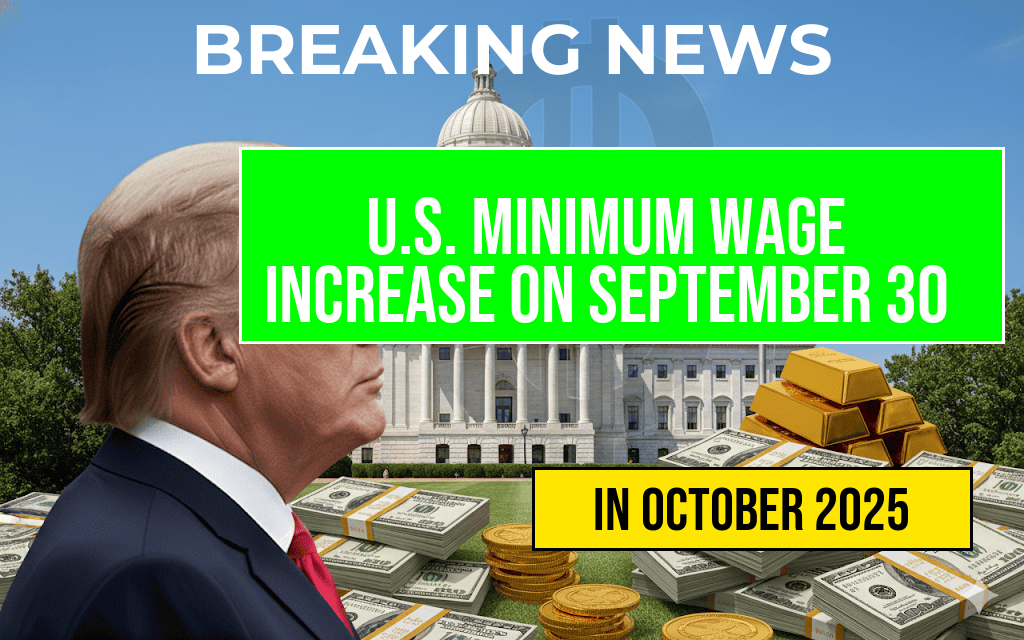The maximum earnings subject to the Social Security tax is set to increase significantly in 2024, rising to $176,100. This adjustment marks a notable jump from the previous cap of $160,200 and is expected to further increase the tax burden on high-income earners, particularly millionaires. The Social Security Administration (SSA) announced the change, which will take effect on January 1, 2024, as part of its annual review of wage indices and inflation adjustments. The increase in taxable earnings is intended to bolster the Social Security Trust Fund amid ongoing discussions regarding the program’s long-term solvency. With inflation continuing to impact the economy, this adjustment serves as a reminder of the evolving financial landscape for both workers and retirees.
Understanding the Social Security Tax Cap
The Social Security tax, which funds the Old-Age, Survivors, and Disability Insurance (OASDI) program, is currently levied at a rate of 6.2% on earnings up to the cap. Employers also contribute an equal amount, bringing the total contribution to 12.4% on eligible earnings. Earnings above the cap do not contribute to the fund, which means the new limit will increase the maximum tax liability for high earners significantly.
Impact on High-Income Earners
The increase in the earnings cap will primarily affect individuals earning more than the previous threshold. For example, a millionaire who earns $1 million annually will see their Social Security tax contributions rise by approximately $992 as a result of this change. This increase is part of broader efforts to ensure the long-term viability of the Social Security program, which has faced funding challenges due to an aging population and longer life expectancies.
Future Projections and Financial Implications
Financial experts predict that as the earnings cap continues to rise, discussions about reforming the Social Security system will likely intensify. The increase in taxable earnings is seen as a temporary solution to bridge funding gaps, but many economists argue that more substantial reforms may be necessary to ensure the program’s sustainability.
Reactions from Economists and Policymakers
- Many economists view the increase as a necessary measure to increase funding.
- Some policymakers argue for comprehensive reform to address long-term solvency.
- Advocates for social welfare programs stress the importance of protecting benefits for future retirees.
Alternatives to Address Funding Issues
Beyond raising the earnings cap, various proposals have been put forth to address the funding shortfall of the Social Security program. These include:
- Increasing the payroll tax rate: Some suggest a gradual increase to the payroll tax rate, which would affect all earners.
- Adjusting benefits: Modifying the formula used to calculate benefits could help align payouts with available funding.
- Raising the retirement age: Gradually increasing the retirement age could reduce the number of beneficiaries and extend the program’s solvency.
Public Awareness and Education
As the implications of the earnings cap increase unfold, public awareness about Social Security and its funding structure is essential. Many Americans may not fully understand how these changes impact their future benefits or the overall health of the program. Advocacy groups and financial advisors are encouraged to educate their clients and the public about how Social Security works and the importance of planning for retirement, especially in light of these tax changes.
Conclusion
The impending rise in the Social Security tax cap to $176,100 reflects ongoing efforts to sustain the program amid rising costs and demographic shifts. As millionaires and high-income earners prepare for the increased tax burden, the broader implications for Social Security funding will likely continue to be a topic of significant discussion among economists and policymakers alike.
For more information about the Social Security tax and recent changes, visit the Social Security Administration or refer to articles on financial implications from Forbes.
Frequently Asked Questions
What is the new maximum earnings limit for Social Security tax?
The new maximum earnings limit for Social Security tax has increased to $176,100, which represents a significant rise in the tax burden for high earners.
How does this increase impact millionaires?
This increase in the maximum earnings limit means that millionaires will now face a higher tax burden, as they will be required to pay Social Security taxes on more of their income.
Why does the Social Security tax limit increase annually?
The Social Security tax limit typically increases each year to adjust for inflation and to ensure that the Social Security program remains adequately funded for future beneficiaries.
What are the implications of this change for future Social Security benefits?
The increase in the maximum earnings limit may lead to higher Social Security benefits for individuals who earn above the previous cap, as benefits are calculated based on lifetime earnings.
How can high earners plan for the increased tax burden?
High earners can plan for the increased tax burden by adjusting their financial strategies, potentially contributing more to tax-advantaged accounts or considering ways to optimize their overall tax liability.











